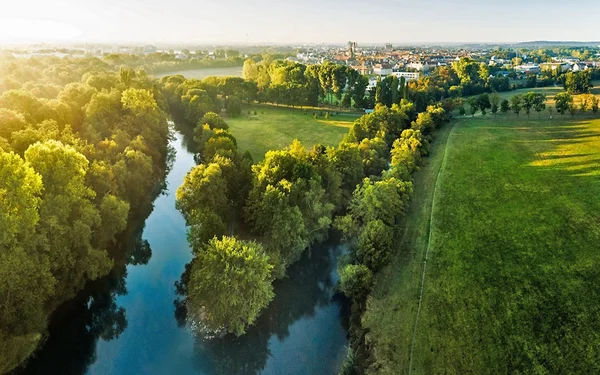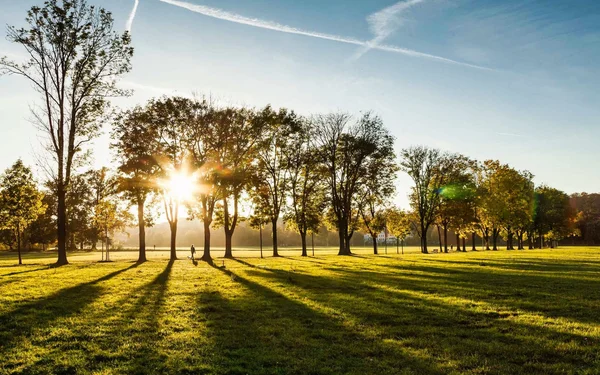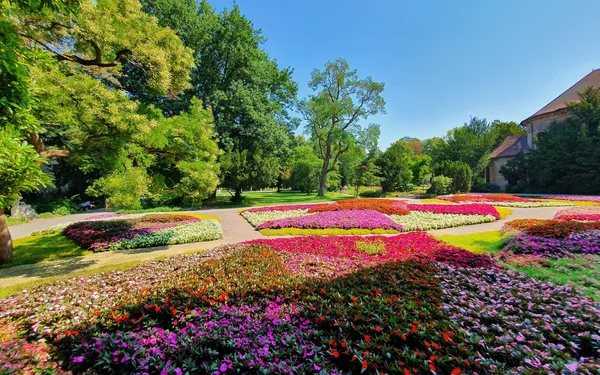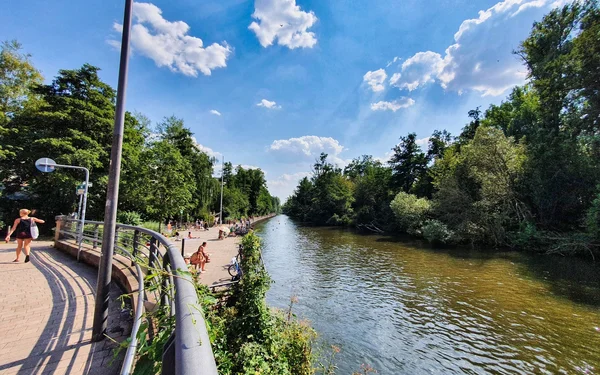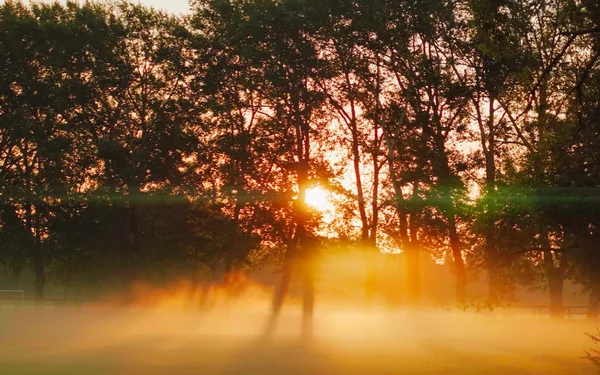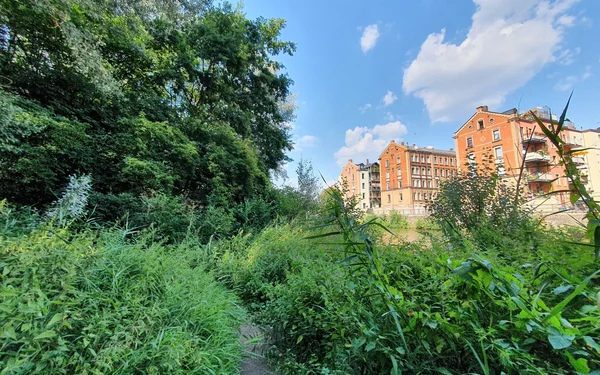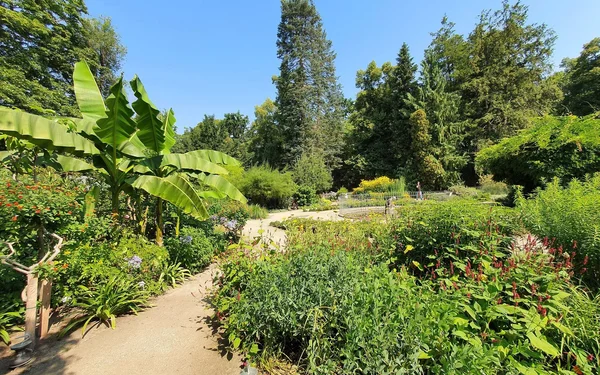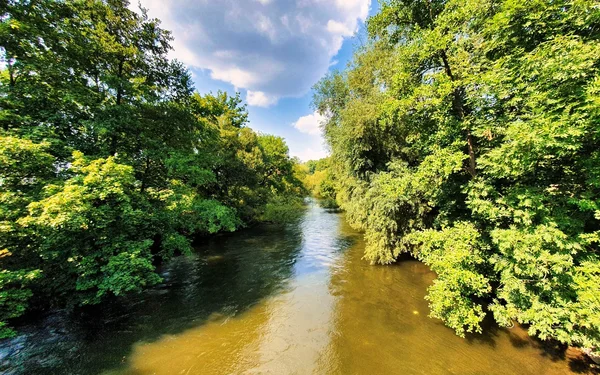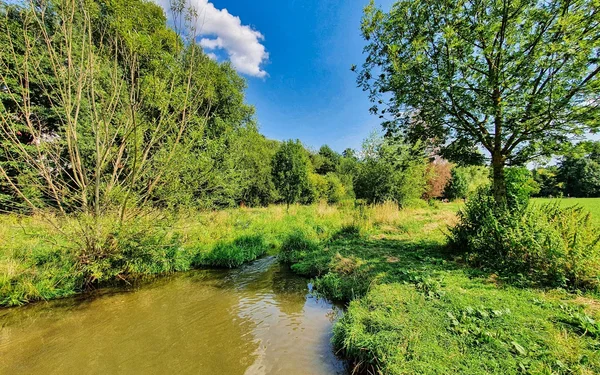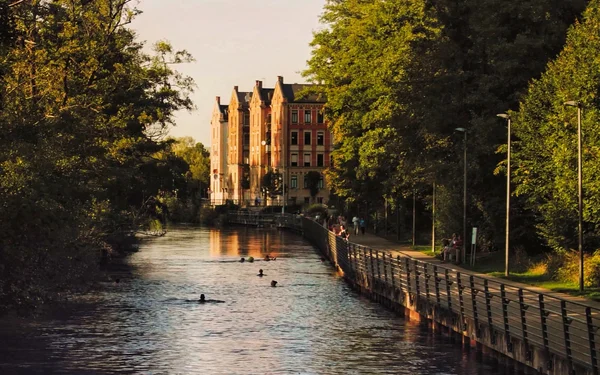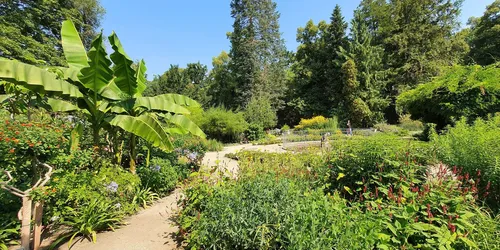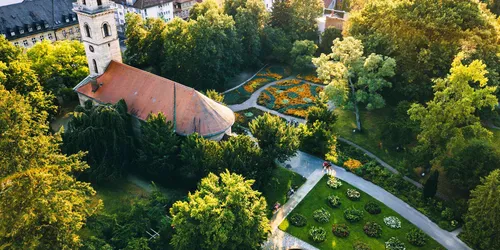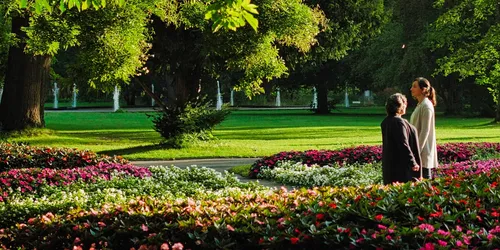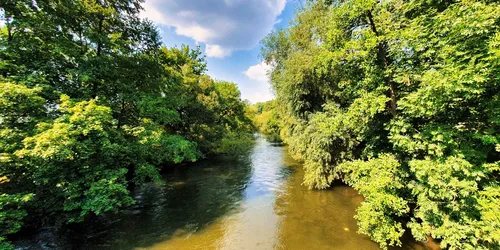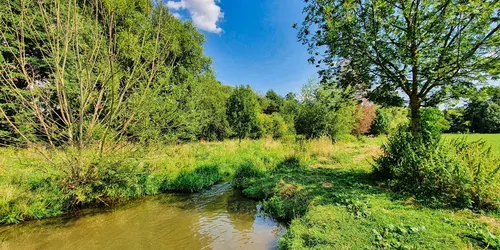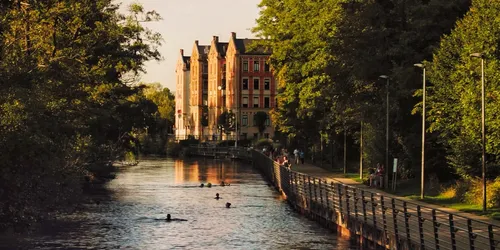Through the Fürth floodplain landscape
Discover Fürth's green oases by train. This tour takes you through idyllic parks and unspoilt river meadows in the floodplain landscape along the Pegnitz and Rednitz rivers.
Fürth
3 h
7 km
The cloverleaf city of Fürth is known for its green oases. In addition to the city's sights, the floodplain landscape along the Pegnitz and Rednitz rivers is an attraction for anyone who loves hiking and nature. The seven-kilometre tour takes you through idyllic parks, natural river meadows and to a viewpoint at the confluence of the Pegnitz and Rednitz rivers - all within the city limits. There are always beautiful spots that invite you to make yourself comfortable with a picnic. Even on the first section of the route, you have the opportunity to stock up on delicious provisions. And, of course, the Fürth catering establishments invite you to round off the breezy day with a good meal, for example at the "Grüner Brauhaus".
A hiking tour for families and nature lovers
Start and end station
Start station
Fürth HBF
4 tour steps
7 km / 3 Stunden
End station
Fürth HBF
Our tip: Please make sure to check your train connection and the expected capacity before you start your journey.
Schedule
Tour starts on Fürth HBF
Direction
From Fürth main station, you first walk to Fürther Freiheit. Even on this route, you have the opportunity to put together a small picnic, whether in bakeries, at the Fürther Markt or in the Milchhäusle.
The Fürther Freiheit square was created in 1938 by demolishing a railway station building that had already ceased operations in 1922. Weekly markets were held here until 2012. The annual Christmas market, the MichaelisKirchweih church consecration, the Fürth Festival and the New Orleans Festival still take place here. The square is home to three large historic 19th century commercial buildings, numbers 2, 4 and 6.
Walk along Nürnberger Straße in the opposite direction. Then turn into Engelhardtstraße next to the Babylon cinema and you will come directly to the Stadtpark.
